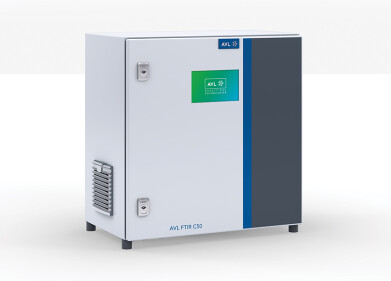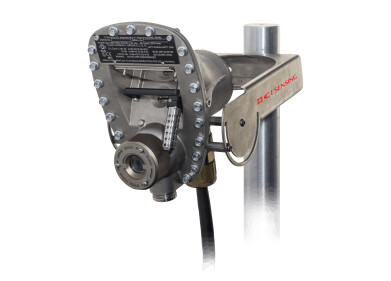Air Monitoring
How Will Heathrow's New Runway Be Carbon Neutral?
Mar 05 2017
Since 2009, when Transport Secretary Geoff Hoon pledged support to the idea, Heathrow’s third runway has been a hot topic for locals, politicians and environmentalists alike. Now approved by the government, it’s becoming more clear what the future holds for the new Heathrow runway – potentially including carbon neutrality. How? Read on to find out.
New runway, more flights, higher emissions?
A new runway will not only relieve the overcrowding and congestion at Heathrow, but will attract new airlines and new flights. It’s expected, in fact, that there will be a total of 260,000 more flights each year with the new runway. And of course, with those extra flights comes higher carbon emissions.
Cue Heathrow’s plan to update their procedures and counter the rise in carbon emissions: Heathrow 2.0. From April 2017, the airport’s electricity supply will be 100 percent renewable, with plans to get more people using public transport to access the airport. By 2030, they’re aiming to have an extra 35,000 people using buses, trains and tubes every day, with another 35,000 by 2040.
Is countering enough?
But with so many more flights, Heathrow will have to do more than just counter the rise. And as 95 percent of their carbon emissions come from aircrafts, this seems the best place to start. Consequently, Heathrow 2.0 also includes a pledge to remove the 5 percent of flights still made by the highest polluting aircraft.
Restoring the ecosystem
As well as those affecting the working of the airport, the plan has some non-aero carbon reduction strategies – namely, peatlands. Peatlands absorb carbon and hold it away from the atmosphere, but 80 percent of the UK’s peatlands are in a poor condition. As a result, they are actually releasing large amounts of carbon over time.
By restoring these peatlands, Heathrow will be able to remove a significant amount of carbon from the atmosphere. And by doing it as part of the project, they will technically be moving further towards carbon neutrality.
Capturing carbon
As well as natural peatlands, there are manmade ways to capture carbon. Carbon capture and storage (CCS) technologies have been developed to remove high proportions of pollutants from emissions. One of the main challenges, however, is accurately determining how much carbon dioxide and other gases are present in the emissions. The article ‘FTIR Gas Analyser Supports Carbon Capture Research’ looks at how FTIR analysis supports the development and commercialisation of CCS technology.
Digital Edition
AET 28.2 April/May 2024
May 2024
Business News - Teledyne Marine expands with the acquisition of Valeport - Signal partners with gas analysis experts in Korea Air Monitoring - Continuous Fine Particulate Emission Monitor...
View all digital editions
Events
Jul 10 2024 Birmingham, UK
Jul 21 2024 Cape Town, South Africa
Australasian Waste & Recycling Expo
Jul 24 2024 Sydney, Australia
Jul 30 2024 Jakarta, Indonesia
China Energy Summit & Exhibition
Jul 31 2024 Beijing, China


















